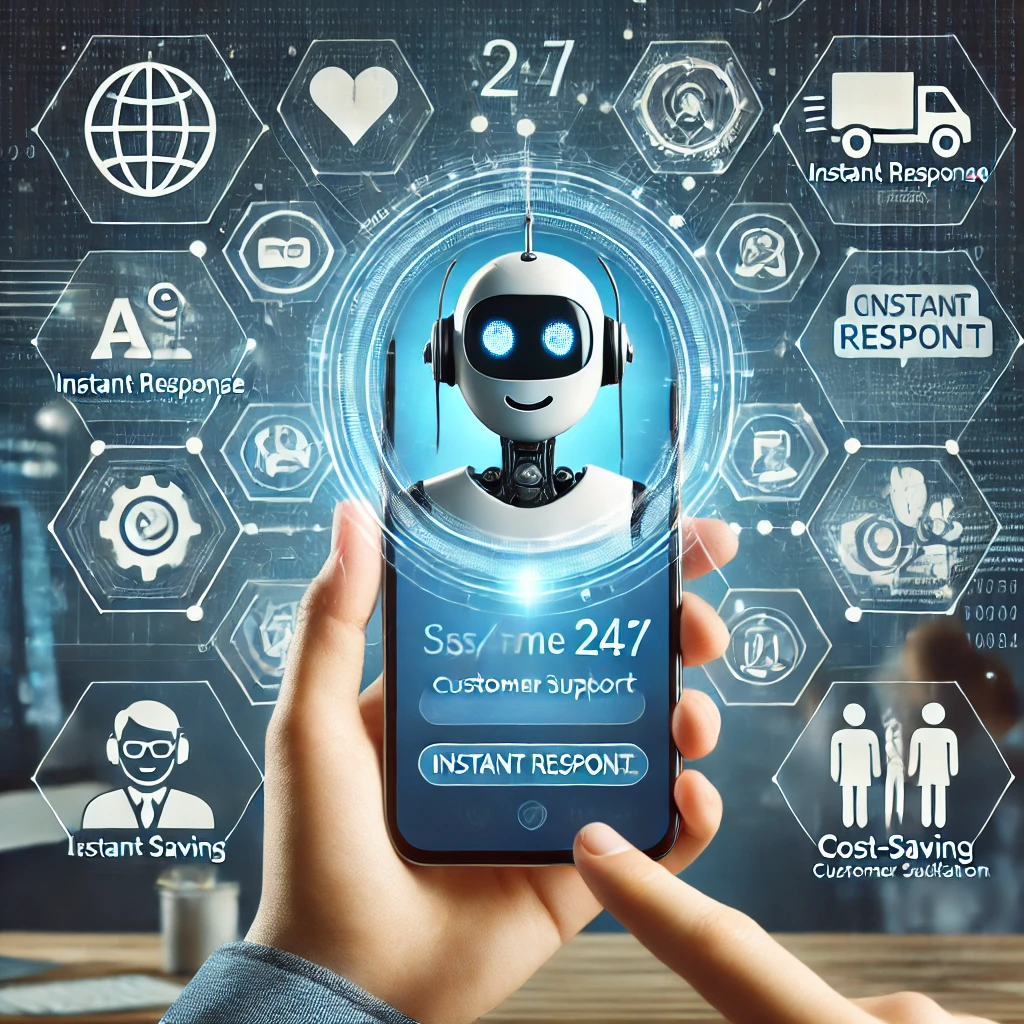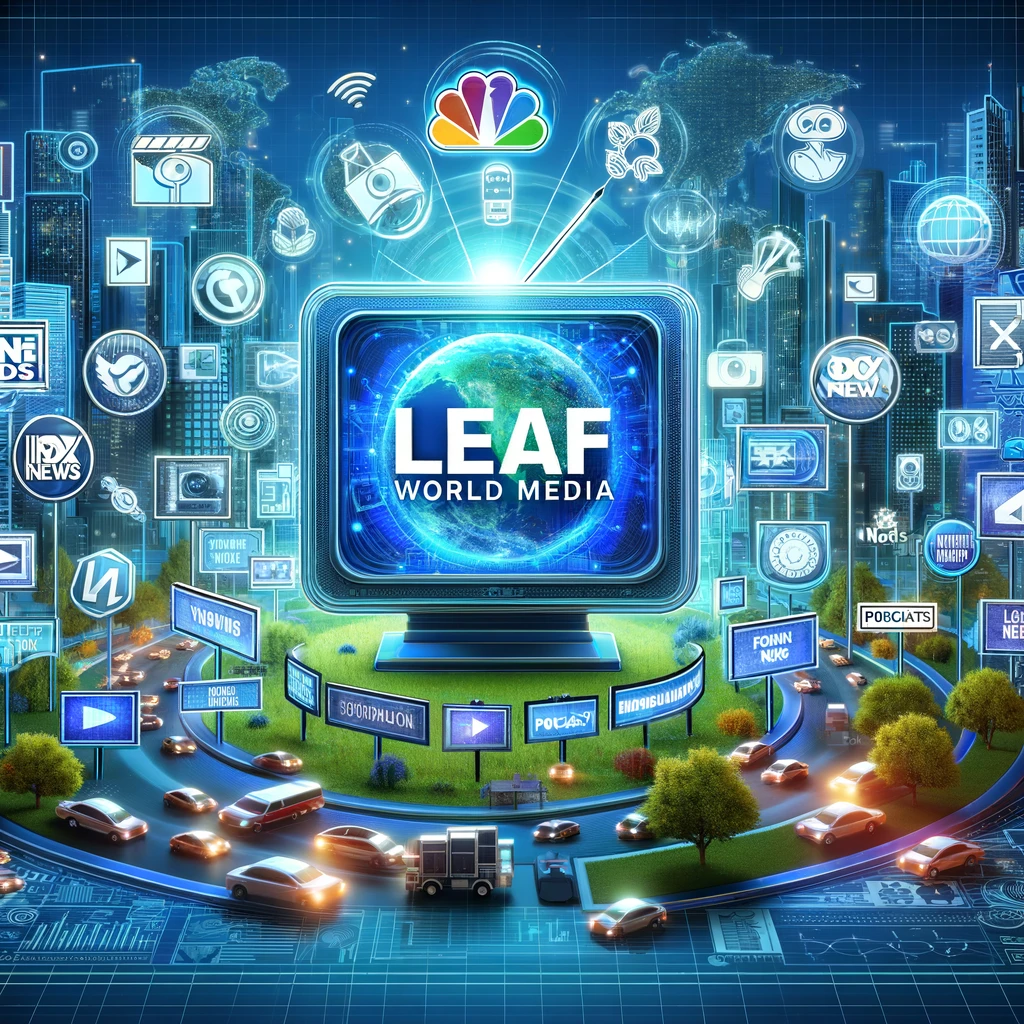In today’s fast-paced world, people want quick and efficient customer service. Whether they’re ordering food, checking their bank balance, or asking about a company’s return policy, customers expect fast responses and easy solutions. To meet this demand, many companies are now using chatbots for customer service. But what exactly are chatbots, and how do they help customers? In this post, we’ll explore how chatbots work, why they’re beneficial, and how they are changing the way businesses interact with customers.
CHECK OUT OUR PRICE SCHEDULE CLICK HERE
Talk With Our Sales Bot Just Click Here
What Is a Chatbot?
A chatbot is a computer program designed to simulate a conversation with human users. Chatbots are powered by Artificial Intelligence (AI) and can communicate through text or voice, depending on the platform they’re used on. You may have seen chatbots on websites, apps, or social media platforms like Facebook Messenger.
At a basic level, chatbots work by recognizing keywords and phrases that people type and then responding with pre-programmed answers. However, more advanced AI-driven chatbots, often called “smart chatbots,” use machine learning to understand the intent behind a customer’s question. Over time, chatbots learn to provide better, more accurate answers.

How Do Chatbots Work?
Chatbots work by using AI technology that allows them to “learn” from every interaction. When a customer types a question, the chatbot tries to understand it based on patterns from previous interactions. This is where machine learning comes in, as the chatbot uses past conversations to improve and understand similar questions in the future.
Some chatbots are rule-based, meaning they only respond to specific commands or keywords. For example, a simple chatbot might respond to “Hi” or “Hello” with a greeting. But more advanced AI-driven chatbots can pick up on various ways people might ask the same question. For instance, they know that “I need help with my order” and “Can you check my order status?” mean roughly the same thing.
Benefits of Chatbots in Customer Service
Using chatbots for customer service brings many benefits, both for businesses and customers. Here are some key advantages:
1. Faster Response Times
One of the biggest perks of chatbots is their ability to provide instant responses. Unlike human agents, chatbots can respond to multiple customers at once, which significantly reduces wait times. For example, a chatbot can instantly answer questions like “What are your business hours?” or “How do I track my order?” without making the customer wait.
2. 24/7 Availability
Human customer service agents usually work set hours, but chatbots can work 24/7. This means that customers can get help at any time of the day or night, even on weekends and holidays. For people who work long hours or are in different time zones, this constant availability is a huge convenience. There’s no more waiting until the next business day to get an answer—chatbots are there whenever customers need help.
3. Handling Repetitive Tasks
Some customer service questions are repetitive and can be easily answered by a chatbot. For example, questions like “What’s your return policy?” or “How can I reset my password?” don’t require a live person to respond. By handling these repetitive tasks, chatbots free up human agents to focus on more complex issues that require a personal touch. This way, both simple and complex questions are resolved more quickly.
4. Reducing Human Error
People make mistakes, especially when they’re tired or dealing with multiple customers at once. Chatbots, however, are programmed to give accurate answers every time. By reducing the chance of human error, chatbots provide consistent and reliable customer service. If a company updates its policies or information, the chatbot can be quickly updated to ensure it always provides correct information.
5. Personalized Responses
With AI, chatbots can provide personalized responses based on a customer’s preferences or previous interactions. For example, if a customer frequently buys a certain type of product, the chatbot might suggest similar items or inform them of a special offer. Personalized responses make customers feel valued, which can increase customer loyalty.
6. Cost Savings for Businesses
Hiring and training customer service agents can be expensive, especially for small businesses. Chatbots offer a cost-effective solution since they don’t require a salary, benefits, or ongoing training. Once a chatbot is set up, it can handle a high volume of inquiries with minimal maintenance. This allows companies to allocate resources to other areas while still providing quality customer service.
How Chatbots Improve Customer Interaction
Integrating chatbots into customer service doesn’t just benefit businesses—it also enhances the overall customer experience. Here are a few ways chatbots improve customer interaction:
1. Quick Solutions
For customers, there’s nothing worse than waiting on hold or being told to “press 1” repeatedly on a phone call. Chatbots provide quick solutions by immediately responding to inquiries. For example, a customer wondering, “What’s the status of my order?” can simply type their question, and the chatbot will instantly pull up the relevant information. Quick responses make customers feel heard and appreciated.
2. Multilingual Support
Some chatbots can communicate in multiple languages, making them accessible to a global audience. This is particularly helpful for businesses with international customers. A multilingual chatbot can switch languages based on the customer’s preference, making the experience more comfortable and ensuring effective communication.
3. Seamless Handoffs to Human Agents
When chatbots reach the limit of what they can answer, they can transfer the customer to a human agent. This handoff often includes a summary of the chatbot’s conversation with the customer, so the agent knows exactly what the issue is. This transition saves time and prevents customers from having to repeat themselves, leading to a smoother experience.
Real-Life Examples of Chatbots in Action
Many businesses across various industries are already using chatbots to improve their customer service. Here are a few examples:
- E-commerce Websites: Online shopping sites often use chatbots to answer questions about product availability, shipping, and returns. If a customer asks, “Do you have this product in stock?” the chatbot can quickly check inventory and respond with an answer.
- Banks: Some banks have chatbots to assist customers with account information, like recent transactions, balance inquiries, and account security. This allows customers to get answers without visiting a bank branch.
- Travel Companies: Airlines and travel companies use chatbots to provide updates on flight schedules, check-in information, and booking changes. A customer can simply ask, “What’s the status of my flight?” and receive real-time updates.
- Healthcare Providers: Healthcare providers use chatbots to schedule appointments, answer basic questions about medical services, and offer general health advice. This saves patients time and helps reduce the workload for healthcare staff.
The Future of Chatbots in Customer Service
As technology advances, chatbots are likely to become even smarter and more versatile. Here are some exciting developments we may see in the near future:
1. Voice-Enabled Chatbots
While most chatbots today communicate through text, future chatbots may use voice interaction. Imagine being able to talk to a chatbot the same way you’d talk to a customer service agent on the phone. This could be especially helpful for people with disabilities or those who prefer speaking to typing.
2. Predictive Responses
With more data and advanced AI, chatbots may soon be able to predict customer needs before they even ask a question. For example, if a customer regularly orders the same product, the chatbot might suggest reordering when the customer visits the website. This type of proactive customer service could improve customer satisfaction and make the shopping experience more convenient.
3. Better Emotional Recognition
In the future, chatbots may also be able to detect the emotions in a customer’s message. If a customer sounds frustrated, the chatbot could respond in a way that is more empathetic or transfer them to a human agent. Recognizing emotions could make chatbots feel more human-like, leading to better customer satisfaction.
Conclusion
Chatbots are transforming customer service by providing fast, accurate, and personalized responses. They help businesses save money while improving the customer experience with instant answers, 24/7 availability, and seamless handoffs to human agents. As AI technology continues to develop, we can expect chatbots to become even more intelligent and useful. In a world where convenience and speed are essential, chatbots are a valuable tool that makes customer service easier for everyone.
By integrating chatbots, companies are not only meeting today’s customer service needs but also shaping the future of customer experience.







Leave a Reply